Sanders-Led Panel Takes Big Pharma to Task
The Senate Health, Education, Labor, and Pension (HELP) Committee has released a report revealing how Big Pharma is "ripping off" Americans.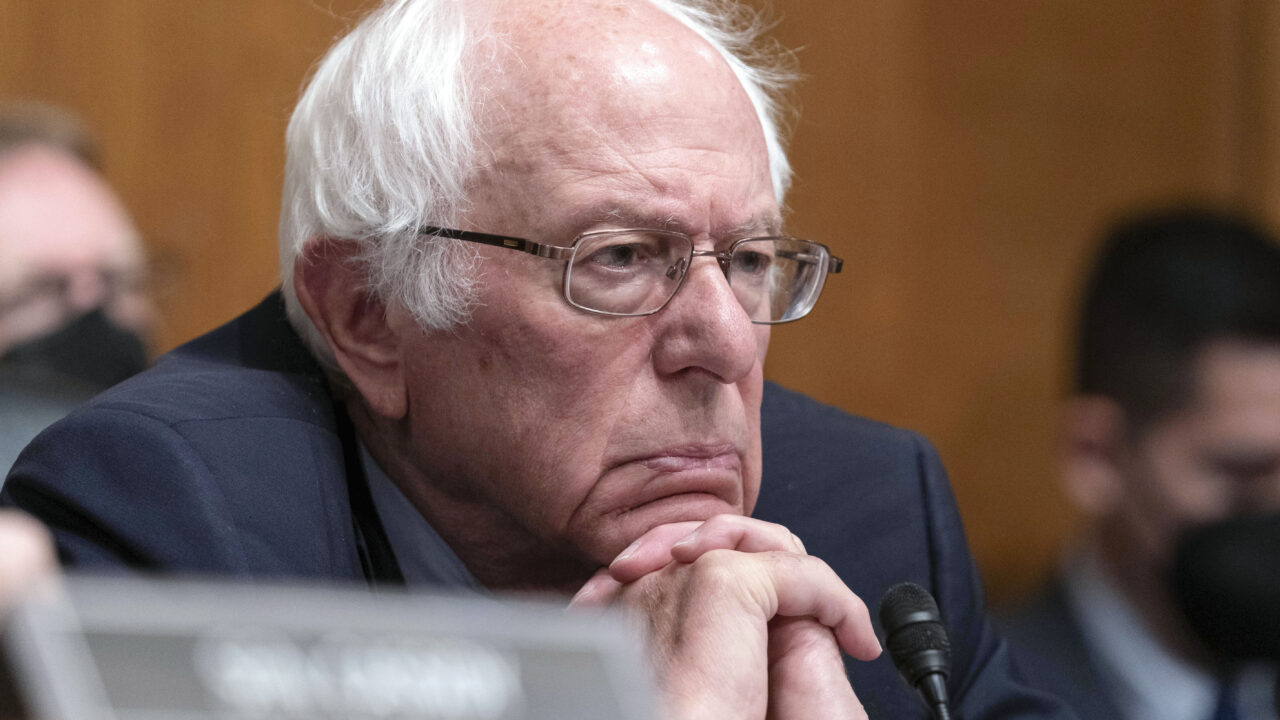 Sen. Bernie Sanders, I-Vt., chairman of the Senate Health, Education, Labor, and Pensions Committee listens during a hearing on Capitol Hill. Photo: Jose Luis Magana / AP.
Sen. Bernie Sanders, I-Vt., chairman of the Senate Health, Education, Labor, and Pensions Committee listens during a hearing on Capitol Hill. Photo: Jose Luis Magana / AP.
“What makes the greed of the pharmaceutical industry so reprehensible is the fact that the American people are paying twice for some of the most expensive prescription drugs on the market: First through their taxes and a second time at the pharmacy counter.”
That’s according to U.S. Sen. Bernie Sanders (I-Vt.), who chairs the Senate Health, Education, Labor, and Pension (HELP) Committee and on Monday released a report revealing how Big Pharma is “ripping off” Americans with medical treatments that publicly funded experts helped create.
Sanders’ staff tracked the prices—generally set by private corporations—of medical treatments developed with the help of scientists from the U.S. National Institutes of Health (NIH) over the past two decades.
“It is unacceptable that half of new prescription drugs invented with the help of NIH scientists now cost more than $111,000,” said Sanders, a longtime advocate of policies to reduce healthcare costs, including a nationwide shift to Medicare for All—the focus of a bill that the senator introduced last month with Reps. Pramila Jayapal (D-Wash.) and Debbie Dingell (D-Mich.).
The new report states that “U.S. taxpayers virtually always pay more than people in other countries for treatments that NIH scientists helped invent.”
For example, a trio of Johnson and Johson’s HIV treatments—Prezcobix, Prezista, and Symtuza—cost from $25,000 to $56,000 annually in the U.S., while patients in various other countries can get them for $4,000 to $10,000 per year.
“The price of some of these taxpayer-funded drugs is now over $1.9 million,” Sanders highlighted, referring to Myalept, which is manufactured by Amryt Pharma to treat leptin deficiency and costs $580,000 a year in France.
Tecartus and Yescarta, manufactured by Gilead Sciences to treat cancer, both cost $424,000 in the United States, while the price for Tecartus in Germany is $306,000 and Yescarta is $212,000 in Japan.
Yescarta is one of two case studies included in the report. The other is Hemgenix, used to treat hemophilia B. As the document details:
The world’s most expensive medicine—with a $3.5 million price tag—is the culmination of major scientific breakthroughs led by researchers at St. Jude Children’s Research Hospital and NIH. However, NIH appears to have handed over taxpayer technology while obtaining vanishingly little in return. Licensing agreements reveal that NIH negotiated royalties of around 1% on sales, without any pricing constraints. Meanwhile, the company behind Hemgenix, uniQure, quietly disclosed that the price was “significant” and “most patients and their families will not be capable of paying for our products themselves.”
“Congress provided nearly $54 billion for biomedical research across the U.S. government this year” and NIH alone has a $47.5 billion budget, “making it the largest biomedical research funder in the world,” the report notes, stressing that “the federal government sets the stage for new medicines with its substantial investments.”
“At the earliest stage, the federal government plays a role in pushing forward research for virtually all new medicines,” the publication explains. The U.S. government also “directly funds the invention of some medicines,” and sometimes helps with testing.
There are even cases in which the government financially backs getting medicines through the Food and Drug Administration approval process and scaling up manufacturing, the report adds, pointing out that “many Covid-19 products developed as part of Operation Warp Speed benefited from this kind of support.”
The report draws from U.S. history to offer a solution, highlighting that “after a pharmaceutical company launched an AIDS drug developed with the help of NIH scientists at $10,000 per year, NIH responded in 1989 by inserting a ‘reasonable pricing clause’ into contracts when taxpayers supported new drugs. The clause was withdrawn six years later after industry pressure.”
“The average price of new treatments that NIH scientists helped invent over the past 20 years is now more than 10 times the price that led NIH to first introduce a reasonable pricing clause in 1989,” the document continues. “The federal government should reinstate and strengthen a ‘reasonable pricing clause’ in all future collaboration, funding, and licensing agreements for medical research.”
Sanders argued Monday that “now is the time for the Biden administration to take executive action to substantially lower the price of prescription drugs and to take on the unacceptable corporate greed of the pharmaceutical industry.”
Your support matters…Independent journalism is under threat and overshadowed by heavily funded mainstream media.
You can help level the playing field. Become a member.
Your tax-deductible contribution keeps us digging beneath the headlines to give you thought-provoking, investigative reporting and analysis that unearths what's really happening- without compromise.
Give today to support our courageous, independent journalists.
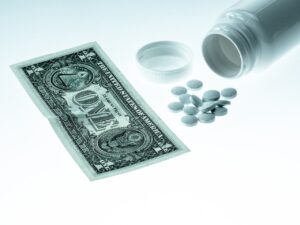


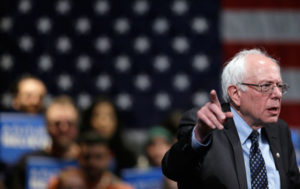
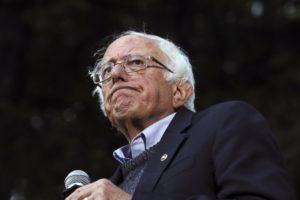
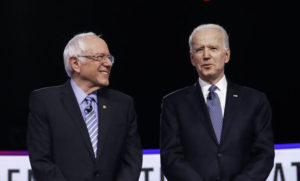
"medical treatments that publicly funded experts helped create."
Just as the internet was the result of taxpayers dollars funding the military whose system was then given to the private telecommunication industry to be resold to the public, who had just paid for the research, for a profit. And which industry has now become a group of monopolies.